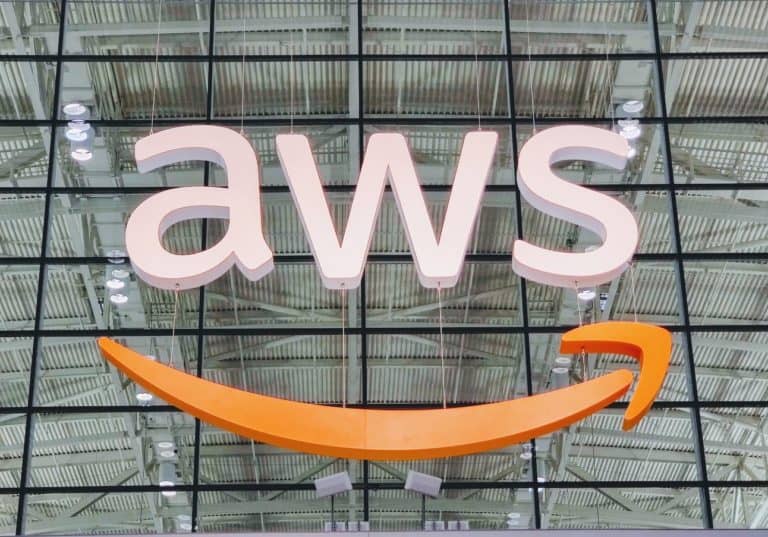AWS has announced Graviton2. The Arm-based server chip is up to seven times faster than its predecessor and offers users a price advantage over instances with Intel and AMD CPUs.
At the Re:Invent conference in Las Vegas, AWS unveiled, as expected, the successor to the Graviton chip that was introduced last year. Graviton2 is even more powerful than predicted. The 7 nm chip has 64 computer cores instead of 32. In addition, there is 1 MB of L2 cache and 32 MB of L3 cache for each chip.
AWS developed the SoC on the basis of Arm’s Neoverse design. In specific workloads, Graviton 2 allegedly performs up to seven times better than its predecessor, and in general there is a doubling of performance in FLOPS.
Price and performance
Graviton1 had to convince customers with its price. The chip was slower than what Intel or AMD had, but the A1-instances which AWS used, also cost a lot less. The drastic uptake in performance regarding Graviton 2 means that users no longer have to make a performance compromise. AWS will introduce the chip in several EC2-instances.
In concrete terms, AWS is planning three Graviton2-based products: M6, C6 and R6. M6 comes in two flavours: M6g and M6d, where the ‘d’ indicates the presence of local NVMe storage. The M6 instances are for general use and are available with up to 256 GiB of memory. C6, as the name suggests, is built for compute, also comes in a ‘g’ and ‘d’ variant, and gets up to 126 GiB of memory. Finally, there are the memory-centric R6g and R6d with up to 512 GiB of memory.
Internal use
AWS is so satisfied with the performance of the chip that it also runs a whole range of tasks internally. The cloud provider will integrate Graviton 2 in EMR, Elastic Load Balancing, and ElastiCache. Availability is planned for somewhere in 2020, but AWS does not yet specify a concrete date.
The introduction of the powerful new Graviton chip illustrates that AWS sees hardware as a cornerstone of its cloud offering. The provider continues to work closely with Intel, AMD and Nvidia, but doesn’t refrain from launching a competitive offering when it sees an advantage for itself in the contested cloud market.
